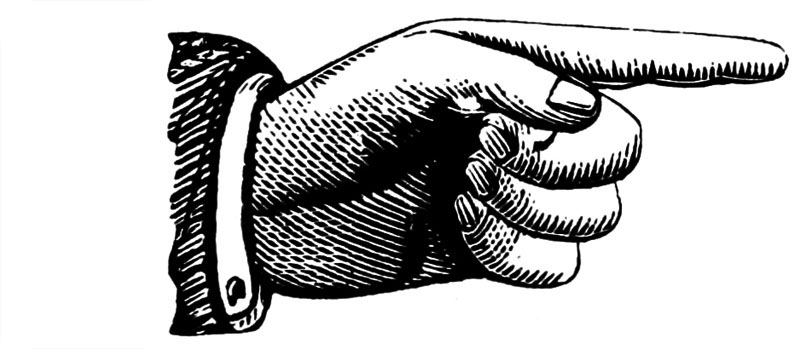
Have you ever noticed that most stories have themes and undertones from other stories previously told?
And don’t so many of the characters in stories seem like you’ve met them before in another story? Their situations and how they handle themselves might be different, but you can see similar traits in characters whether in literature, TV, movies or even video games.
There is nothing new under the sun. I always heard that was attributed to Bill Bernbach addressing an ad club back in 1960s. What I like is that he lifted that line from The Old Testament.
My observations above are nothing new. Archetypes are nothing new. But thinking about characters and stories got me to thinking.
As designers around the world are dropping their traditional practices and jumping on the UX/UI bandwagon, something interesting is happening.
After all the (design) thinking, all the cogitating on new solutions to engage users in new and exciting ways, at the end of the day most of these solutions are all the same. They feel the same, and depending on the platform might even look the same. So much work goes into solving different problems with similar solutions.
Maybe that’s not such a bad thing.
Consider this: When trying to engage with with people at a deeper level, new might not be the best answer, because as humans we are naturally inclined to want to hear the same story over again.
And over and over and over.
Think about it. What other explanation is there for the romantic-comedy genre of film? Zillions of movies, similar plots, same outcomes. But people love them.
We want to see friendly faces we can identify with. Again, this is how we as humans are coded.
So this leads me to ask: When it comes to designing digital experiences, are there only so many paths we can lead users down? Are there a finite number of useful solutions? Further, do we want to engage with people in ways that they might not be comfortable for them?
I’m not arguing for the status quo. Rather, we like familiarity and having confidence to know that we will easily be able to make our way through an increasingly more complicated world. Shouldn’t the role of a designer be to help facilitate that journey?
